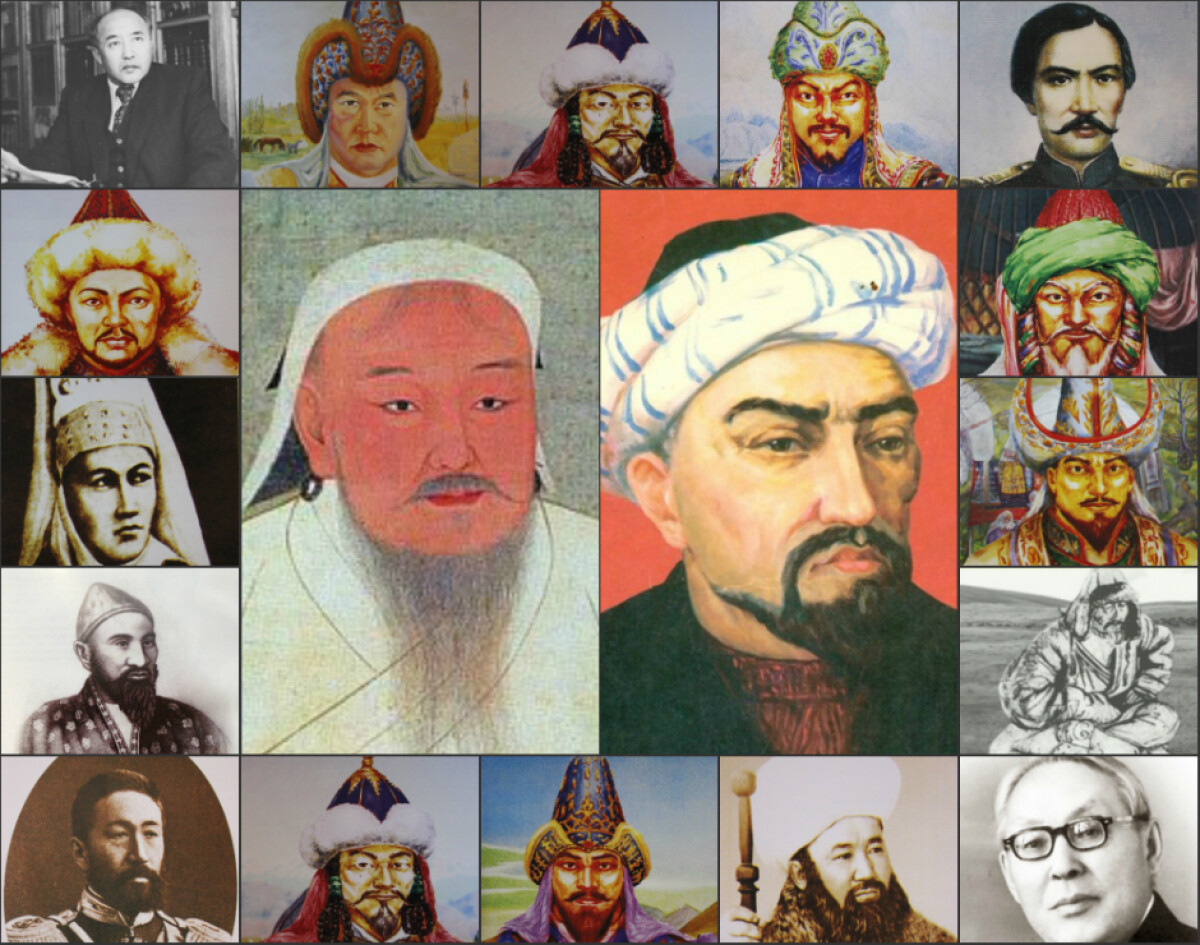
In times past the Kazakh society was divided into “ak suyek” (“white bone”) and three zhuzes. These groups differed from each other to a greater extent in the status and legal, political, sociocultural and functional relations. The white bone held a high position and was socially isolated: In turn, the aristocratic white bone was divided into two social classes: tore and hodge. It was replenished only in virtue of the origin but not because of any personal merits and dignity.
The first social group "ak suyek"("white bone“) was a closed group of the privileged people. Their representatives gained a high social status and, in addition, all the special rights, in a hereditary way belonging to the given class-caste group by right of birth despite their economic situation and personal intellectual, physical and moral qualities.

Tore represented a special basis of the white bone. They were the descendants of Genghis Khan, his son Dzhuchi. Tore played a supreme role in politics, economic and social life. The khan, who was given the supreme power and who was ruling the Kazakh society, was elected among tore. The khan ruled all the tribes and clans in his khanate. Except the khan, there were sultans, who were electing him among them. In comparison with the supreme ruler — the khan, just the ruler — the sultan ruled several tribes and classes. If necessary, any sultan was moved up to one level and, being risen on the white felt rug by the noble people from the majority of tribes, was confessed the khan. Noble men — tolenguts obediently and unquestionably followed all the commands of the superior aristocrats both in peacetime and at war.

Another elite class of the Kazakh society — hodges were superior followers of the Muslim cult. It was considered that the hodges trace origin to the Prophet Magomet or, to put it correctly — Muhammed. As well as tore the hodges were at the very top of the society taking advantage of the huge hereditary privileges and actively influencing the spiritual life of the steppe dwellers. However, the political influence of the hodges was not as enormous as of the tore. It apparently emerged from the fact that the Islam did not root in the Kazakh environment. In any case, it is commonly believed.
Compared to the “ak suyek” (“white bone”), other three zhuzes did not possess hereditary privileges. Adherence to them was available to any person on the basis of the principle of meritocracy and property. The classes of the ancestral chiefs — batyrs, people’s judges-bijs and clan leaders of the local level (auls, clans and their subdivisions, tribes) — foremen or aksakals belonged to the elite of three zhuzes. The main part of the Kazakh society being defined as the freemen was not divided according to the class features, what set it apart from the Kazakh ruling elite.
We thank the National Academic Library of the Republic of Kazakhstan for the provision of the archive materials.
Photos were taken from the book “Kazakh khans and their descendants”. Kokshetau, 2013 year.
By Miras NURLANULY
